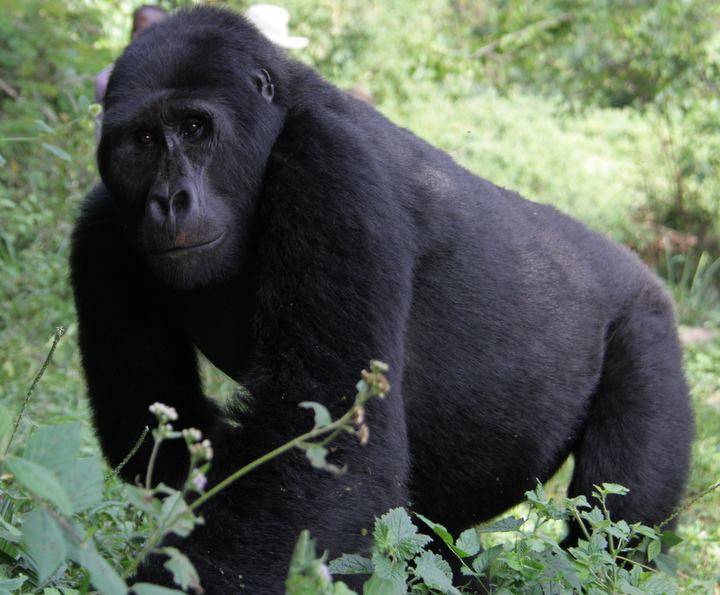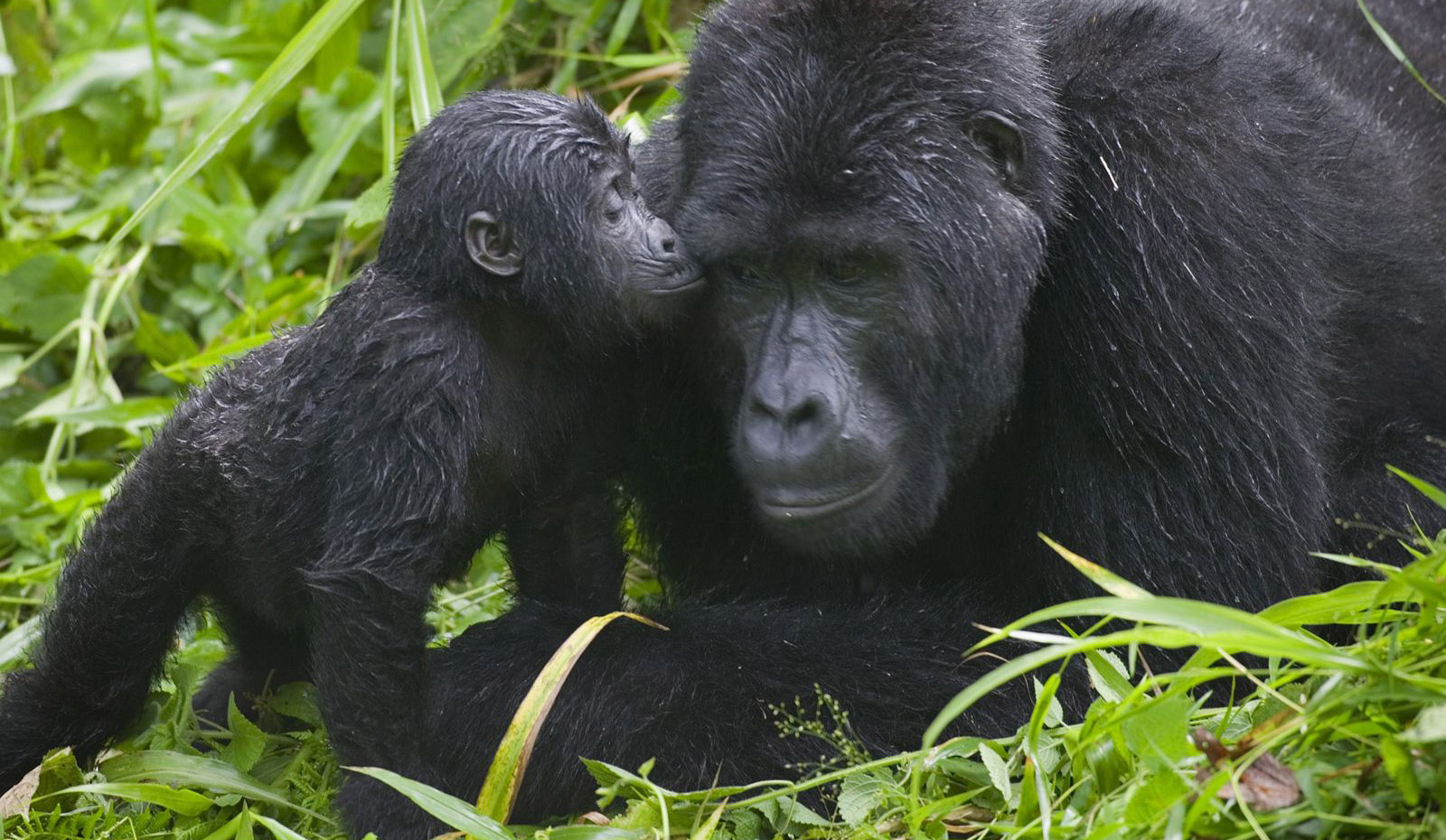Mountain Gorillas at Bwindi Impenetrable National Park
Mountain gorilla trekking is, for most people, a once-in-a-lifetime experience that offers an opportunity to spend one thrilling hour with extraordinary primates.
Bwindi Impenetrable National Park lies in southwestern Uganda on the edge of the Rift Valley. It’s mist-covered hillsides are blanketed by one of Uganda’s oldest and most biologically diverse rainforests, which dates back over 25,000 years and contains almost 400 species of plants.
More famously, this “impenetrable forest” also protects an estimated 400 mountain gorillas – roughly half of the world’s population, including several habituated groups, which can be tracked.

Gorilla tracking Rules
Tracking or trekking Mountain Gorilla is governed by rules.Gorillas are endangered species that should be conserved for future generations.
On your maiden trekking day,you will be briefed by the ranger staff at the park headquarters.
What you need to know before departing for the gorilla safari or tour or during the trekking.
- Wash your hands before gorilla trekking.
- A maximum number of 8 visitors may trek to visit a group of habituated mountain gorillas per day. This minimizes behavioural disturbance to the gorillas and the risk of their exposure to human-borne diseases.
- Always keep your voices low.
- DO NOT litter in the park.
- As you walk through the gorilla trail,obey your guides instructions.
- When you are with the gorillas
- Observe 7 metres or 21 feet from the gorillas.
- Always stay close to each other when you are near the gorillas.
- You can always ask your ranger guides questions but in a low tone.
- DO NOT eat or drink near the gorillas.Droplets or food residue left behind increases the risk of transmission of diseases to the gorillas.
- Move slowly and carefully. Do not point or wave your arms.
- Do not touch the gorillas. They are wild animals.
- Do not panic when gorillas charge at you.Follow ranger guide instructions.Do not attempt to run away.
- Flash photography is not permitted under any circumstances.
- The maximum time you can spend with these wonderful animals is one hour. However, if the gorillas become agitated or nervous, the guide may decide to finish the visit early. This is for your safety and for the safety of the gorillas.
- Please keep your voices down until you are 200 metres away from the gorillas.
General Health Rules
Remember that mountain gorillas are very susceptible to human diseases. The following rules are ways to minimize the risk your visit might pose to them:
Respect the limits imposed on the daily number of visitors allowed with the mountain gorillas. These limits minimize the risk of disease transmission and stress to the group.
If you are feeling ill, or you are carrying a contagious disease, volunteer to stay behind. An alternate gorilla trekking opportunity will be arranged for you, or you will be refunded the cost of your gorilla permit.
If you feel the urge to cough or sneeze when you are near the gorillas, please turn your head away and cover your nose and mouth in order to minimize the spread of bacteria or viruses.
Do not leave any rubbish (such as food wrappers or drink bottles) in the park; foreign items can harbour diseases or other contaminants.
If you need to go to the toilet while in the forest, please ask the ranger guide to dig you a hole. Make sure the hole is 30 cm deep. Please ensure the hole is filled after you are finished.
What to bring on your gorilla trekking safari
Wear comfortable hiking shoes with good traction, suitable for climbing steep muddy slopes.
Carry a packed lunch and plenty of drinking water.
Carry rain gear, sunscreen lotion and a hat.
Wear or pack insect repellent.
Bring binoculars – or hire a pair from the Uganda Wildlife Authority office in the park.
Bring spare batteries and an extra memory card for your digital camera. If you are photographing using film, we recommend using 400-800 ASA film.
Adapted from Uganda Wildlife Authority

